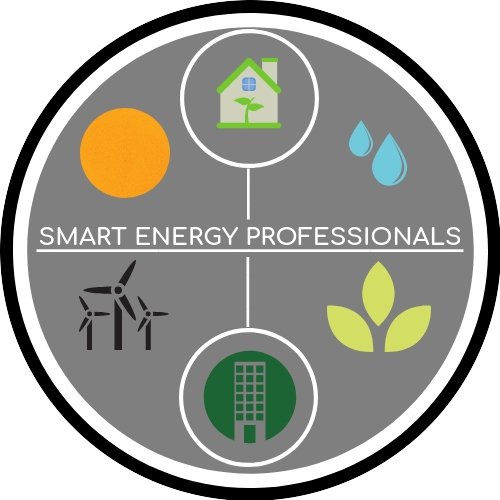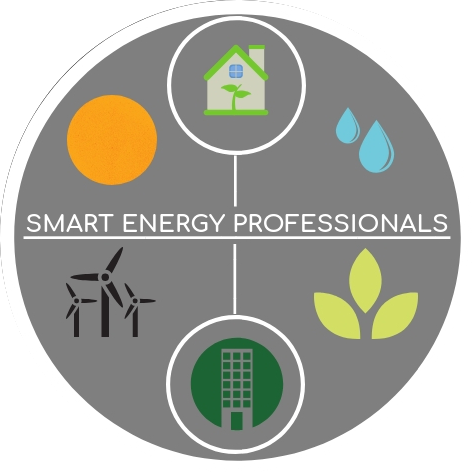What Can You Tell Me About My Ducts?
Ducts deliver conditioned air from the AC or furnace but there can be complications.
Energy auditors look at all aspects of energy efficiency within the home including how well warm and cool air is delivered throughout the home. This is a critical factor in home performance but they can easily be forgotten compared to more important factors like HVAC and insulation. This blog post will detail common problems related to ductwork and how best they can be solved when possible.
Feasibility
Firstly, we need to talk about feasibility. Generally speaking, the less feasible a project is the more expensive it will be. If ducts are behind drywall or within very tight areas then they become more labor intensive and therefore more costly.
Some issues listed below cannot be reasonably addressed without a larger project taking place like a renovation. The ideal scenario for work to be done is if they can be accessed in either an unfinished basement, crawl space, or attic. Now let’s jump into common problems.
Leaky Ducts
This duct connection has a HUGE gap that is cooling the attic and not the home office.
Before any duct insulation is added they must be sealed first! Ducts typically leak at connections between the individual ducts and the plenum (large metal box) like in the above picture. Ducts also, leak at any bend or turn if they are hard metal and can leak from penetrations.
How are ducts sealed?
If ducts are accessible then they can be sealed by applying mastic over any gap. Mastic is a putty that hardens quickly to create a tight seal. If ducts are not accessible or if a larger project is desired then aeroseal is recommended. Smart Energy Pros does not provide aeroseal but you can learn more about it here.
Poor or No Insulation
This bare metal supply plenum is not insulated making it harder to heat or cool the top floor.
This problem is straightforward. If ducts are outside of conditioned space such as the attic or basement then they should be insulated to R-8 or higher. Typically ducts are insulated with fiberglass batts but they can also be insulated with spray foam insulation. If ducts are not insulated properly within the attic then they face a risk of forming condensation or sweating. Properly insulated ducts help ensure that cool or hot air is delivered to the directed rooms.
Excessively Long Run
This duct run is scrunched up which reduces the flow of air through the duct.
A duct can be properly insulated and sealed but if the duct run is excessively long like in the photo above it makes the conditioned air harder to push out. The solution to the above situation is to reduce the length of the run by two feet or so.
Sometimes the duct can be perfectly sealed, insulated, and run effectively and still there can be issues. If a room is the furthest away from the air handler then there will certainly be energy loss by the time it delivers conditioned air to the select room. An option to address this is to install a duct booster somewhere along the run if it’s accessible like this or this.
Conclusion
There are a lot of different ways to determine the effectiveness of existing ductwork. When receiving an energy audit Smart Energy Pros factors all of this and determines the best solution (if there is one) and sets expectations while providing accurate reasoning.
If you are concerned about your ductwork then the next step is to have Smart Energy Pros examine it. Audits last between two to four hours and cost $100. If you have any questions you can find our contact information here and can schedule an energy audit here.




